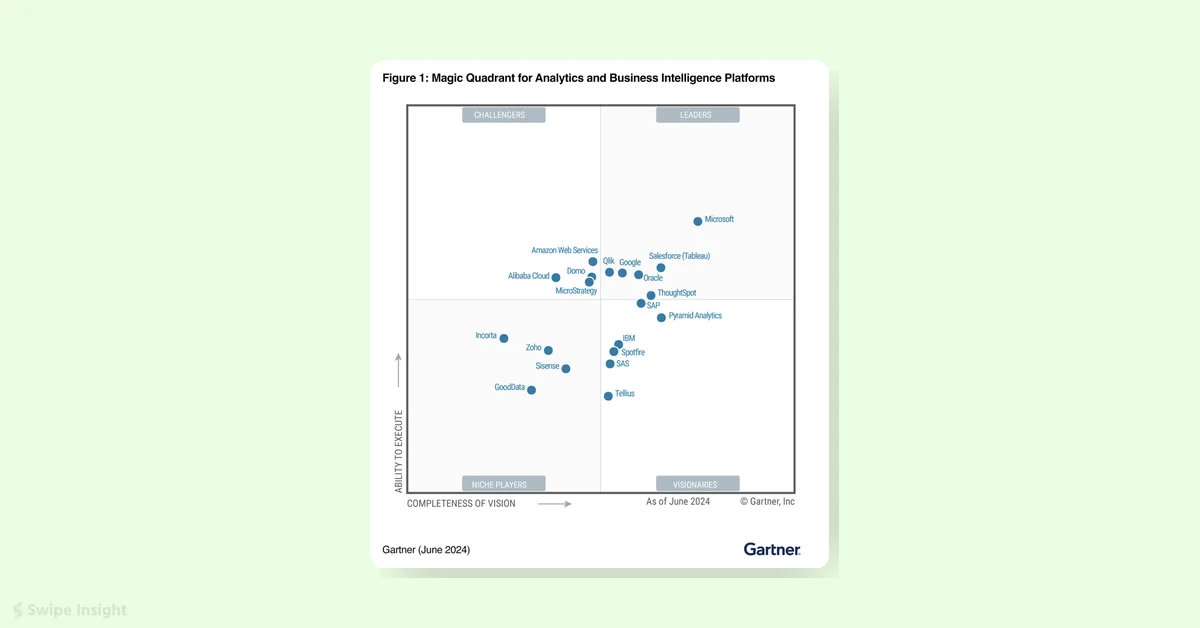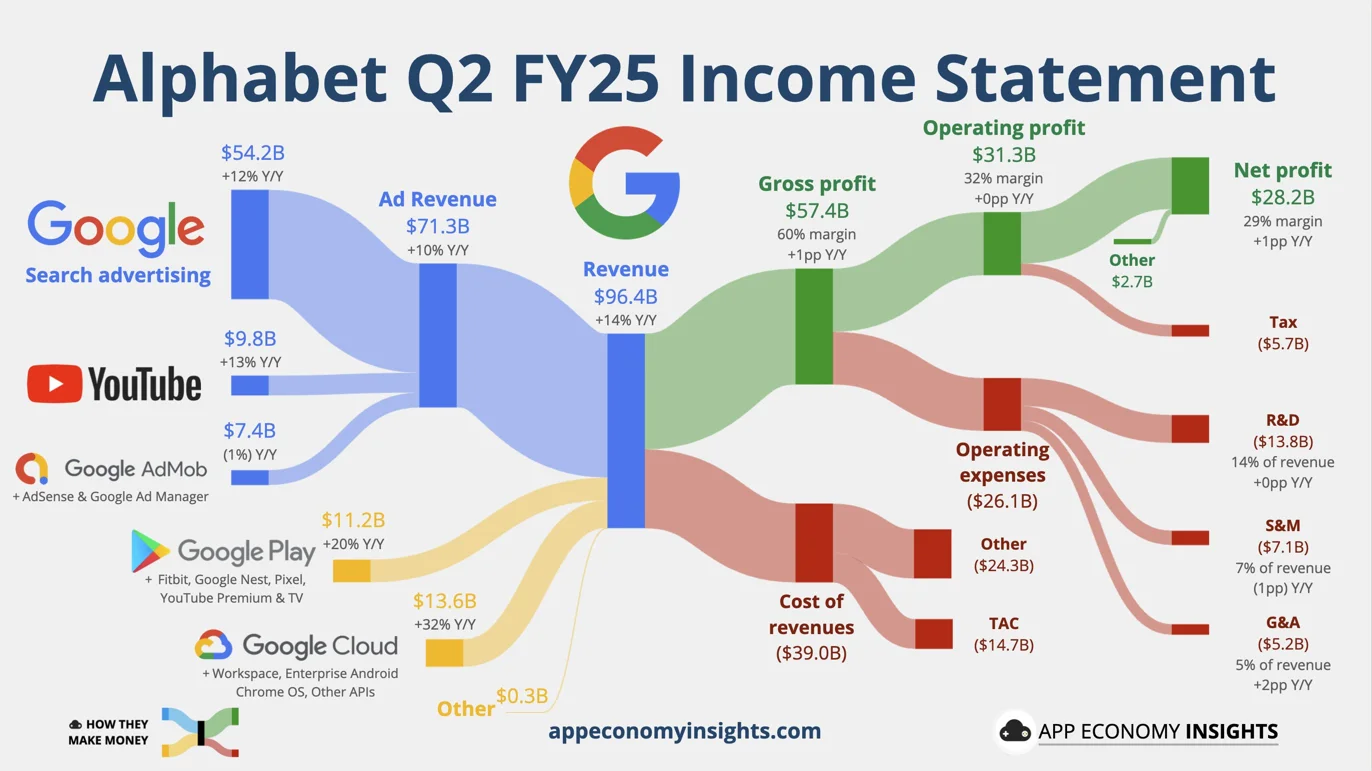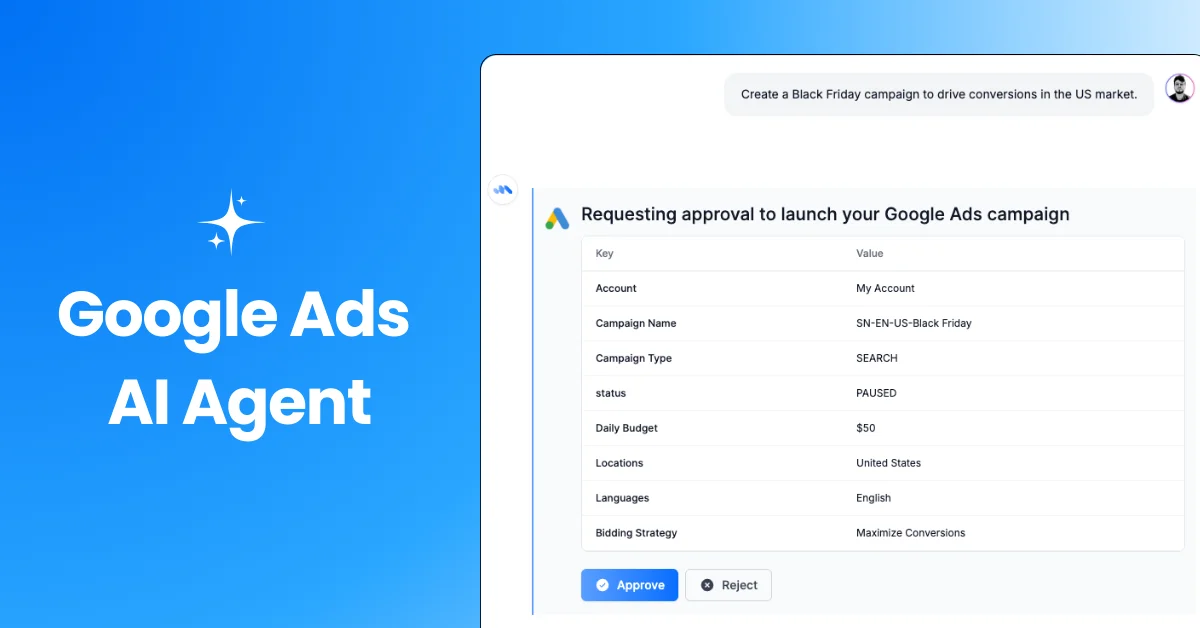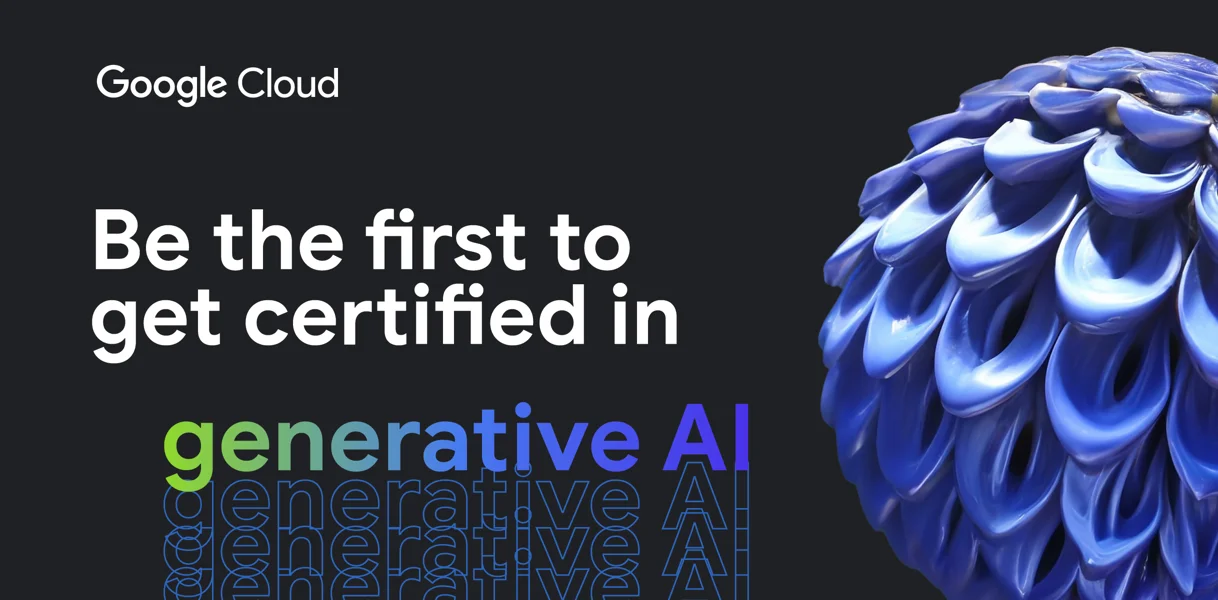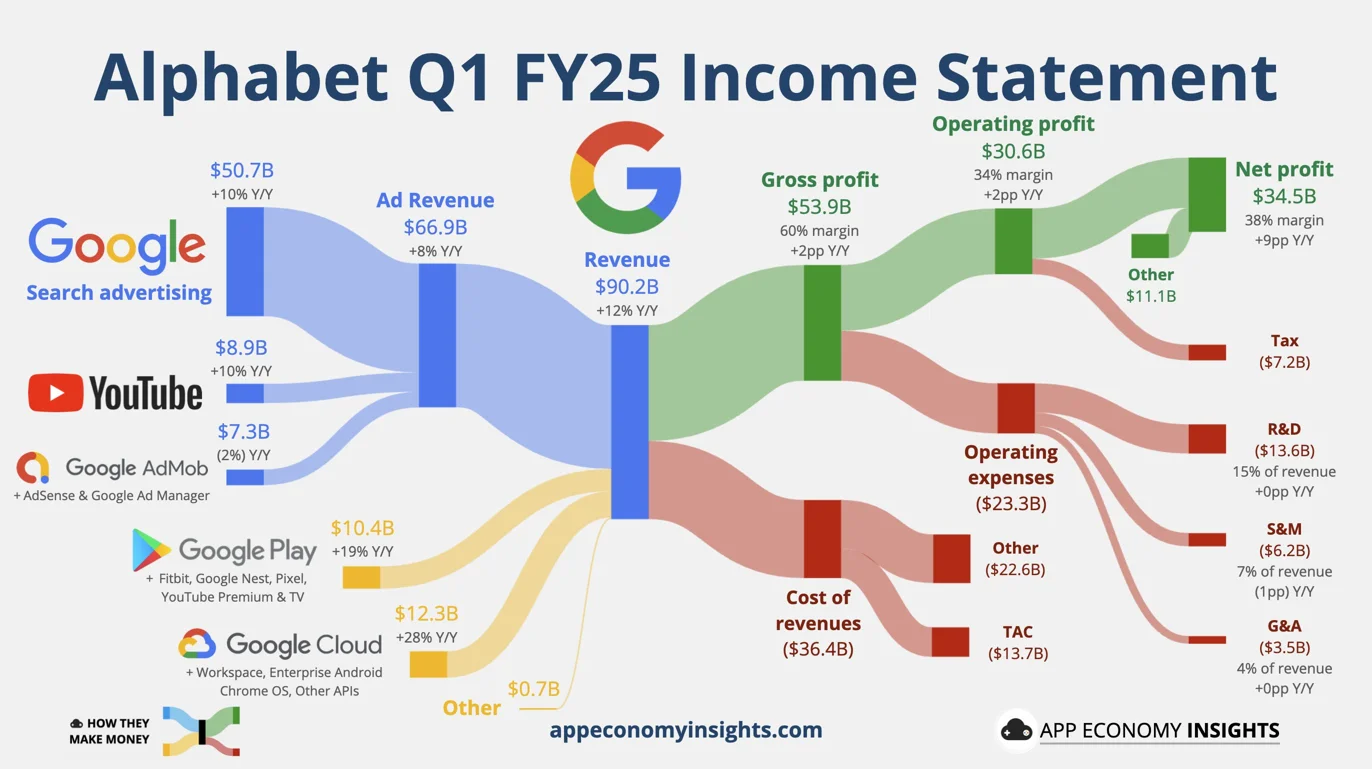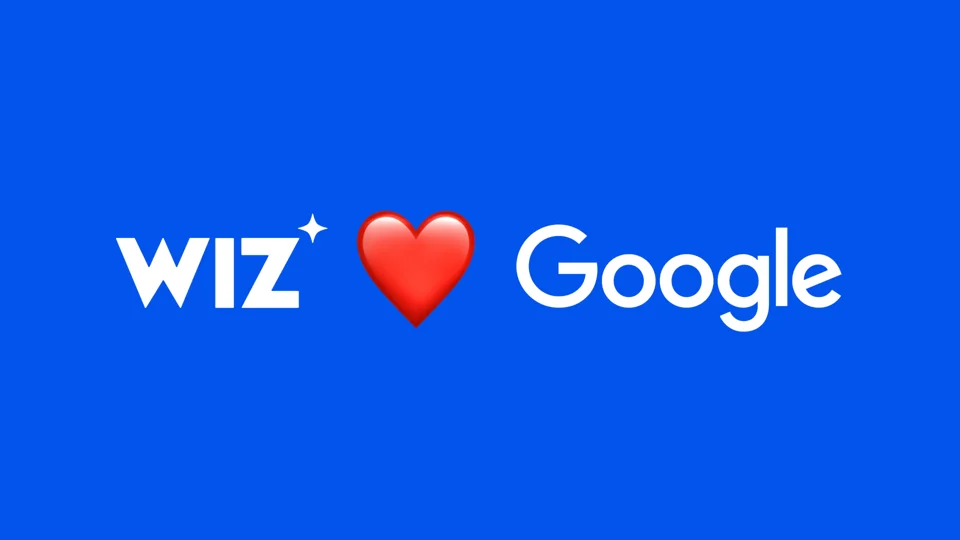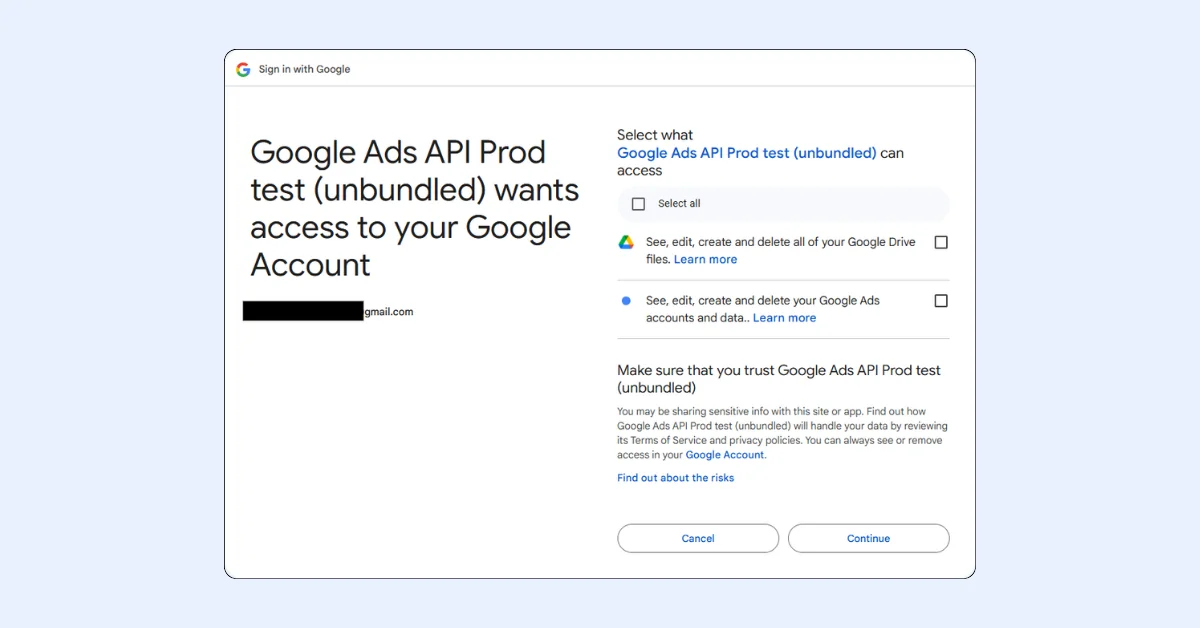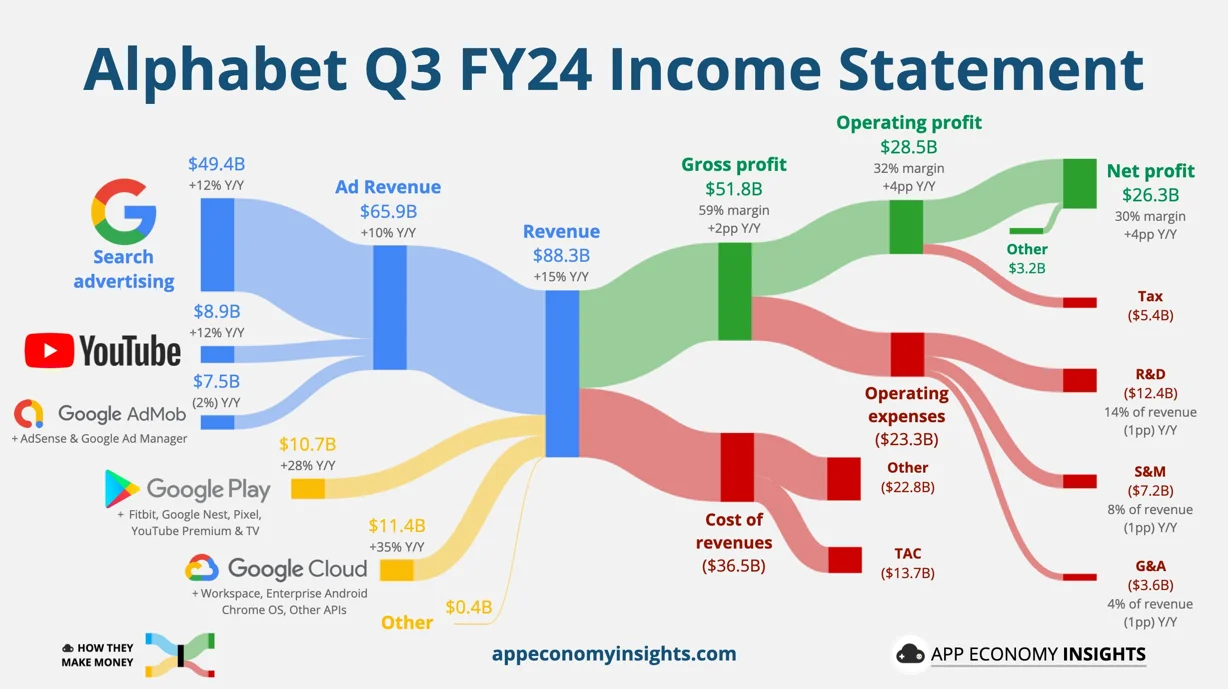Gartner has released its 2024 Magic Quadrant for Analytics and Business Intelligence Platforms, highlighting Microsoft as the continuing leader and Google as a new entrant in the leader category. The increasing demand for these platforms is driven by enterprises aiming to become more customer-centric by sharing insights and uncovering emerging business trends.
Gartner defines these platforms as tools that simplify the process of modeling, analyzing, exploring, sharing, and managing data, particularly for customer experience (CX) teams. These platforms enable less technical users to visualize insights, fostering cross-functional collaboration. AI plays a crucial role in identifying trends, integrating data, and automating the delivery of insights relevant to user objectives and workflows.
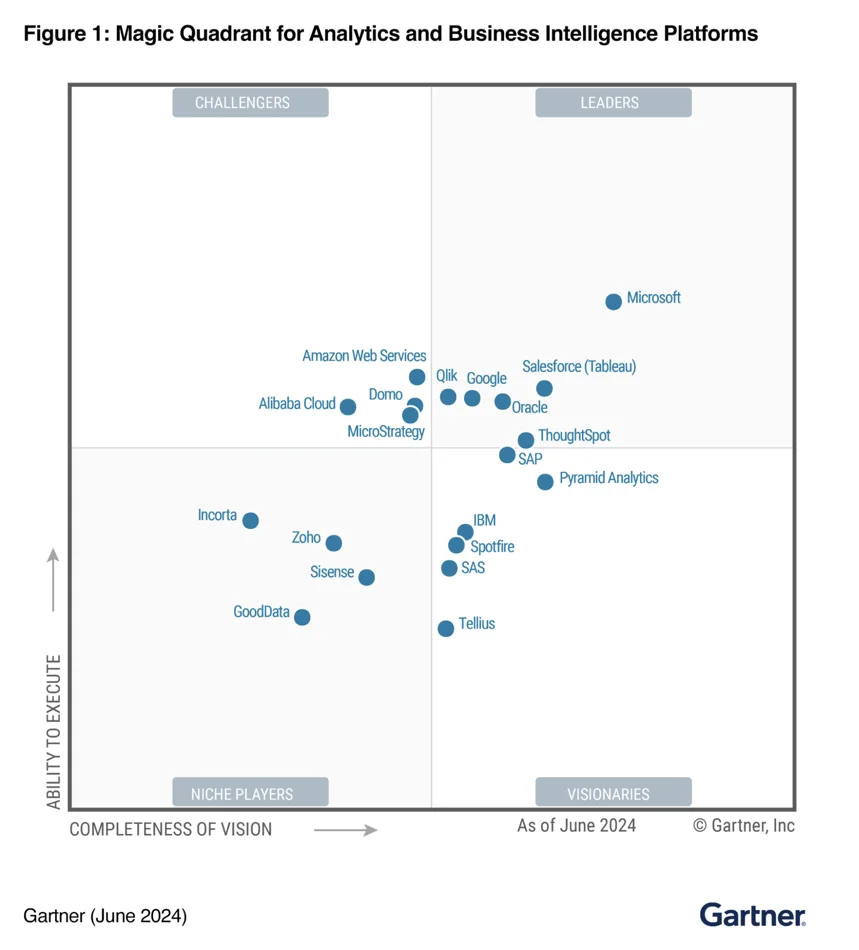
Mandatory Features
- Data Visualization: Interactive dashboards and data exploration through chart manipulation.
- Governance: Tracking usage and managing information security, sharing, and promotion.
- Reporting: Pixel-perfect, paginated reports that can be scheduled and distributed widely.
- Analytics Catalog: Searchable display of analytic content with user recommendations.
- Data Preparation: Drag-and-drop combination of data from various sources and creation of analytic models.
- Data Science Integration: Augmented development and prototyping of data science and machine learning models, with integration into the broader DSML ecosystem. The Magic Quadrant offers a comprehensive view of market competitors' positions, using a graphical format and uniform evaluation criteria. It helps assess how well technology providers execute their visions and perform against market expectations.
Key Leaders
Here's a summary of all the vendors:
Microsoft remains a leader with its Power BI platform, benefiting from integration with Microsoft 365, Azure, and Teams. Key strengths include competitive pricing, comprehensive functionality, and a strong ecosystem. However, governance of content creation and publication remains a challenge.
Google has been recognized as a leader for the first time, with its Looker platform offering multicloud architecture and strong integration with Google’s broader data and AI ecosystem. However, it faces challenges in augmented analytics market penetration and visual data preparation capabilities.
Tableau (Salesforce) continues to be a leader, focusing on visual-based exploration and introducing new features like Tableau Pulse for augmented analytics. Despite strong corporate viability, the complexity of its product portfolio and pricing structure are noted challenges.
Qlik is also a leader, known for its end-to-end data and analytics capabilities, bolstered by the acquisition of Talend. However, it faces challenges in market momentum and lacks a robust vertical solutions approach.
Oracle is recognized for its Oracle Analytics Cloud (OAC), which integrates well with Oracle’s broader cloud ecosystem. However, it has limited use cases outside the Oracle ecosystem and lacks momentum among smaller businesses.
ThoughtSpot is noted for its strong NLQ capabilities and visionary GenAI product strategy. However, it lacks a cloud or application ecosystem and advanced data visualization capabilities.
Challengers
Amazon Web Services (AWS) offers Amazon QuickSight, which is well-integrated with the AWS ecosystem. Strengths include competitive pricing and serverless architecture, but it has limited deployment options and gaps in data preparation capabilities.
Domo is recognized for its multipersona support and new consumption model but lacks broader application ecosystem channels and has limited augmented analytics capabilities.
MicroStrategy excels in reporting and governance, with new generative AI tools. However, it lacks market awareness and augmented analytics capabilities.
Visionaries
IBM offers Cognos Analytics with strong analytic catalog vision and decision intelligence capabilities. However, it has limited public cloud capabilities and lags in business analyst support.
SAP is noted for its SAP Analytics Cloud, which integrates well with SAP’s ecosystem. However, it has average product capabilities and limited adoption outside the SAP ecosystem.
SAS offers SAS Viya with AI at its core, focusing on collaboration and flexible open architecture. However, it struggles with pricing transparency and limited interoperability.
Pyramid Analytics provides a comprehensive suite for modern ABI but lacks metrics layer capabilities and has limited market awareness.
Spotfire excels in flexible deployment and domain-specific applications but has a narrow vertical focus and high license costs.
Tellius is strong in NLQ and automated insights but faces reduced market momentum and product gaps.
Niche Players
GoodData is recognized for its headless vision and composability-first focus but is limited to mature buyers and has lagging adoption of headless metrics layers.
Incorta offers agile operational reporting and openness across the platform but lacks functionality for the augmented consumer and faces competition from packaged analytic applications.
Sisense supports self-service augmented analytics and embedded use cases but lacks metrics layer accessibility and a surrounding data or application ecosystem.
Zoho focuses on data preparation and visualization for small to midsize companies but lacks advanced analytics deployments and has a relatively subdued market momentum.
The 2024 Gartner Magic Quadrant for Analytics and Business Intelligence Platforms provides a comprehensive overview of the strengths and cautions of leading vendors in the market. Each vendor has unique strengths and faces specific challenges, making it essential for businesses to align their choice with their specific needs and goals.
For more details, please download the report below.
